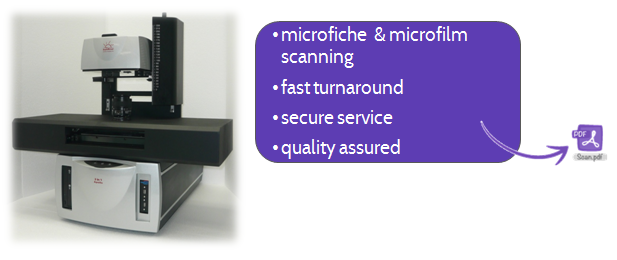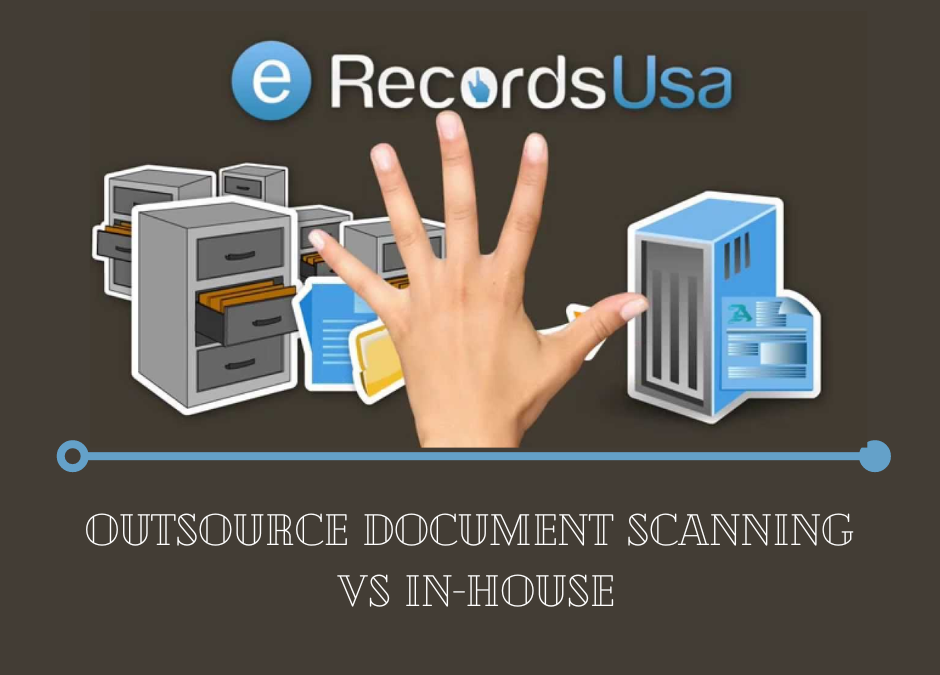
Convert Microfilm Microfiche To PDF – Microfilm Conversion
Last Updated on May 14, 2024
Microfilm to Pdf Conversion
Microfilm and microfiche conversion can seem like a daunting, complex, and time-consuming process. You can handle the conversion process within budget without exhausting yourself. Converting microfilms and microfiches will completely change the way to store information and records.
The document scanning and digitizing agencies have advanced microfilm and microfiche scanners that can produce accurate digital copies from microfilm rolls and microfiche cards. The rolls and cards may contain images, research data, medical records, historical documents, and so on. Here in this post, we are discussing the process of microfilm conversion to pdf.
Converting Microfilm to Digital Images
Microfilms/Microfiche has a long life span of 500 years as per the manufacturers. However, the decay starts happening at a much earlier stage despite having the best climate-controlled environments. It is essential to digitize documents, but keep an eye out for any errors on microfilm or microfiche
- Measles/blemishes
- Vinegar smell
- Brittleness
- Stickiness
- Fungus
If so, you should immediately opt for document scanning services before you lose some important information. While conversion of rolls and frames, accuracy and precision are the two most important factors to consider. The scanned images are stored in PDF, Tiff, or JPEG formats. Microfilms and microfiches can be converted digitally for the following reasons::
- Accurate and Clear Images are preserved in digital formats
- Improved document control improves life span making it indexed and searchable
- Instant accessibility, hassle-free storage
- Increased efficiency, cost-effective storage methods
- Digital backups are the ultimate relief from saving and preserving physical copies.
Want to know more about Microfilm Scanning And Conversion? Having a pile of rolls or frames to scan? Get a free consultation on converting microfilm and microfiche for a reasonable price.
Tips to Convert Microfilm to Digital
The conversion process is a step-by-step process to create digital copies from microfilm/microfiche. The information converted is indexed using the software. Microfilm Conversion into pdfs is useful only when the information is limited. Suppose you have 2500 cards then converting and creating 2500 pdfs is not an optimized format.
To arrange such a big PDF, you need to use an indexing technique. Follow these methods if you want to Prepare Microfilm for Conversion to Digital Files Such as,
A Compression Tool
Compression tools help you create digital files with the same clarity as the originals. When you capture images from a 24x reduction, you have to make sure the details are clear. The compression must meet the document maintenance and retention standards. After image reduction, image enhancement is done to obtain quality images. Normally, the most adaptable format is PDF documents.
Grayscale Microfilm/Microfiche Conversion
Grayscale here does not mean black and white but documents having images along with the text. For these kinds of documents, capturing them in bitonal is not enough. You need adjustable grayscale shades to retain the look of the original image. Sometimes even that is not enough. In the end, you should have the same quality as the original one.
In most cases, directly scanning from microfilm/microfiche produces better quality. However, scanning from the frames and rolls needs expertise-level skills.
Convert Microfilm to PDF
Ultra high quality scanning machines are used for the microfilm/ microfiche scanning. The high-resolution images are thus created which are of superior quality.
Sometimes, the cleaning process is required to improve the scanning quality. The re- editing and image enhancement techniques are used to improve the quality of the documents.
The process followed for microfilm scanning includes
< The microfilm is placed in the microfilm (Mekel Mach) scanner
< A dedicated technician handles the scanning job to maintain the superior quality.
< After the scanning process is carried, the quality of the digital image is checked. If required , the digital copy is edited to obtain a better quality and clarity of the document.
< The process is carried out with a batch processing process for time saving.
Convert Microfiche to PDF
Microfiche and microfilm are made up of the same composition,but one is available in the form of a roll and the other one (microfiche) is in the form of a card.
The Mekel Mach technique is used to scan microfiche. The sheets are placed in the scanning machine one by one and the scanning is done.
The process is similar to microfilm scanning. Here instead of microfilm rolls , sheets are placed. However,post scanning image processing is identical to microfilm. So, after the scanning task is completed , the data obtained from the microfiche is stored in PDF. This digital copy is sharable and can be stored even on the cloud.
Still , if you want to retrieve more precise information from the PDF copy, OCR tools will help you extract bit by bit information.
About Microfilm Conversion Scanners
The scanners used for microfilm scanning are expensive as they are equipped with a high-resolution magnifying lens. A variety of scanners such as Mekel Rollfilm Scanners, Mekel Microfiche Scanners, and UScan Film Scanner are some of the on-demand scanners used for creating superior image quality.
The speed is high speeds (up to 200 images per minute) from even the most difficult-to-read films. These scanners can produce images up to 600 dpi true optical resolution. (create a link here)
eRecordsUSA is an industry leader in microfilm conversion services and microfiche conversion services. At eRecordsUSA, we work with minute detail and ensure superior digital copies (PDFs) from microfilms /microfiche with an accuracy level of 99%. We are using Mekel MACH7 Microfiche Scanner for this process. Moreover, we have an experienced and skilled team to do the microfilm conversion job.
Convert Any Types of Microfilm or Microfiche to PDF
Our scanning process starts with scanning microfiche. We do scanning for the formats such as jacketed, COM, ultrafiche, step & repeat, rewritable, and any microfiche format (diazo, silver, and vesicular). We will then upload the digitized images to your document management software or file server.
The purpose of an industrial roll/card scanner is to increase productivity. We are an ISO/ISMS Certified doccument scanning company in San Francisco Bay Area known for quality scanning and digitization of Microfilms and microfiche. As a document digitization company with years of experience and a very formal approach to project processing, we are also flexible enough to meet the needs of our clients.
Get Free Quotes on Microfilm & Microfiche Scanning Services Today!
Get microfilm/microfiche conversion from the experts at eRecordsUSA. Our conversion solutions can provide a reliable document scanning storage for your effortless access. To get started, contact us right now!
![Best Microfilm & Microfiche Scanners List in 2025 [Updated]](https://www.erecordsusa.com/wp-content/uploads/2022/11/Best-Microfilm-Microfiche-Scanners-List-1.png)




